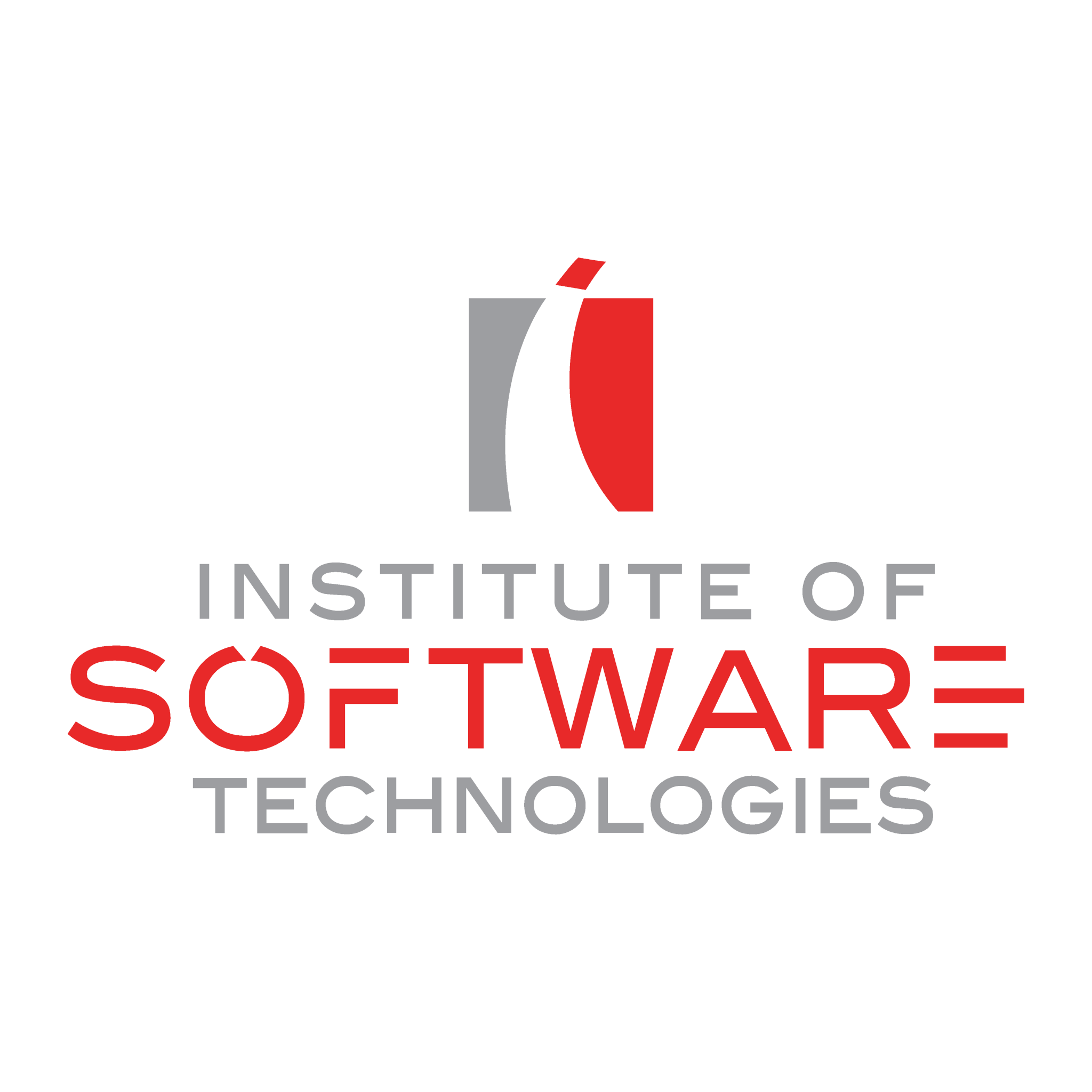5 Days
- Architect
- Database Administrator
- Developer
- Describe the features and benefits of MySQL
- Explain the basics of relational databases
- Design an effective database
- Issue MySQL statements from the mysql command-line client
- Perform database operations by using MySQL Workbench
- Select appropriate data types for your database
- Build a database and tables by using SQL
- Modify the structure of your database
- Create indexes and keys
- Add or update database data
- Query data with SELECT statements
- Join data from multiple tables
- Use built-in MySQL functions
- Export and import database data
- Explain database transactions
- Gain an understanding on the MySQL Cloud Service
Introduction to MySQL
- Course Goals
- Course Lesson Map
- Classroom Environment
- MySQL Overview
- What is MySQL Cloud Service
- What it means to provision a MySQL Cloud Service instance
- How an instance of MySQL Cloud Service differs from having an on-premises instance
- How MySQL course content covers material that applies whether you run MySQL locally or in MySQL Cloud Service
MySQL Server and Client
- MySQL Client/Server Model
- MySQL Connectors
- Installation of the MySQL server
- Setting the root Password
- Starting and stopping the MySQL server
- Using the mysql client
- MySQL Workbench
Database Basics
- Basics of Relational Databases
- Spreadsheet Versus Database
- Entities and Relationships
- Relationship Categories
- SQL Language and MySQL
- SQL data definition language
- SQL data manipulation language
Designing Your Database
- Database Modeling
- Keys
- Normalization
- Database Design
- Viewing and Evaluating a Database
Data Types
- Data Types as Part of Database Design
- Numeric Data Types
- Temporal Data Types
- String Data Types
- Character Set and Collation Support
- Data Type Considerations
- The Meaning of NULL
Creating Databases and Tables
- Creating a Database
- Creating a Table
- Showing How a Table Was Created
- Column Options
- Table Options
- Indexes, Keys, and Constraints
Modifying Databases and Tables
- Deleting databases and tables
- Creating a New Table Using an Existing Table
- Confirming the Creation of a New Table
- Copying an Existing Table Structure
- Creating a Temporary Table
- Adding, removing and modifying table columns
- Adding, removing and modifying Indexes
Querying Table Data
- The SELECT Statement
- Creating Views
- Querying Data from an Application
- Exporting and Importing a Delimited File
- Troubleshooting: Authorization Levels
Modifying Table Data
- Manipulating Data
- Inserting records
- Replacing existing records
- Updating existing records
- Deleting records
- Exporting and importing a script
- Multistatement Transactions
- Modifying Data from an Application
Functions
- Functions in MySQL Expressions
- Using Functions
- String Functions
- Date and time functions
- Numeric Functions
- Aggregate Functions
- Spaces in Function Names
Joining Tables
- Querying Multiple Tables
- Joining Tables with SELECT
- Inner Joins
- Outer Joins
- Table Name Aliases
Conclusion
- Course Goals
- MySQL Curriculum Path
- MySQL Resources
- Evaluation
- Final Q&A

